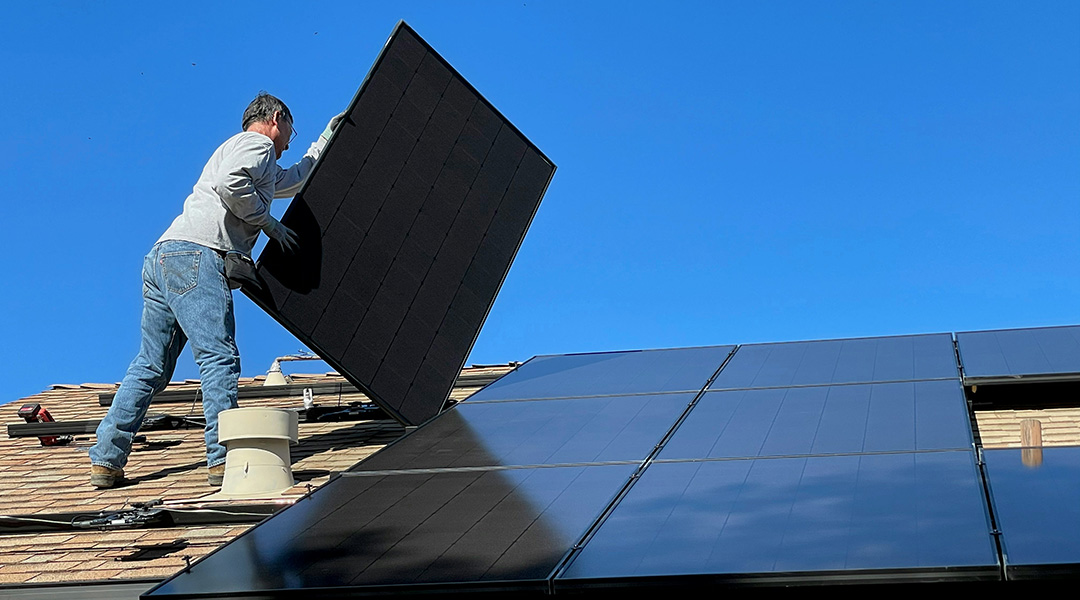The worldwide demand for energy is constantly increasing. Until now, oil and coal were still the main sources of energy, but the number of solar systems is growing everywhere. Therewith, also the demand for the materials used is rising.
Silicon remains the most important semiconductor material for solar cells. It is available in almost unlimited quantities. Transparent electrodes are a critical component of solar cells and electronic displays, too. To collect electricity in a solar cell or inject electricity for a display, you need a conductive contact, like a metal, but you also need to be able to let light in or out in the case of displays.
The current techniques use metal oxides, most often indium tin oxide as the conductive contact. As supplies of this metal are limited, Lawrence Livermore National Laboratory (LLNL) researchers have decided to look for a metamaterial. Metamaterials are composite materials usually made of metals and dielectrics that have unique optical properties not found in nature. The researchers have turned to ordered metal nanowire meshes that provide high transmissivity high electrical connectivity and use elements that are more common.
The worldwide consumption of rare solar cell materials such as indium, gallium, tellurium, and selenium exceeds the annual production volume. The rapidly-increasing consumption of indium is striking. In the form of indium tin oxide it is used in liquid crystal and OLED screens; gallium and indium is needed in the production of LEDs.
Production of optical metamaterials
Because the structure of optical metamaterials must be smaller than the wavelength at which they function, fabricating optical metamaterials operating at visible wavelengths requires features on the order of 100 nanometers or smaller.
“We’ve demonstrated a scalable method to create metallic nanowire arrays and meshes over square-centimetre-areas with tunable sub-100 nanometer dimensions and geometries,” said LLNL materials scientist Anna Hiszpanski, speaking to PV Magazine. “We were able to attain comparable or smaller dimensions than what the traditional nanofab techniques can produce and do it over a significantly larger area relevant for real-world applications.”
For transparent electrode applications, having such small metal nanowire meshes is important because their small nanometer-size diameter enables more light to pass through while the ordered nature of the arrays/meshes increases the number of electrical contacts between nanowires, increasing conductivity.
“Ordering nanowires to increase the number of electrical interconnections between wires is highly desirable but difficult to do,” Hiszpanski said. “The very simple bottom-up approach we used to fabricate these ordered nanowires meshes is inherently scalable to device-relevant areas,” she confirmed.
A common sample size area using these nanofabrication techniques for metamaterials is in the range of 100 microns, but the team was able to create nanopatterns of more than a centimeter. According to the research team, the next step is to increase the conductivity of the metal nanowire mesh.
Feature image credit: Bill Mead on Unsplash
Reference to indium as a rare earth metal was amended on October 15, 2019.

















